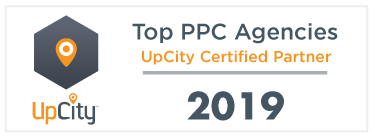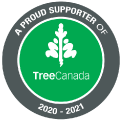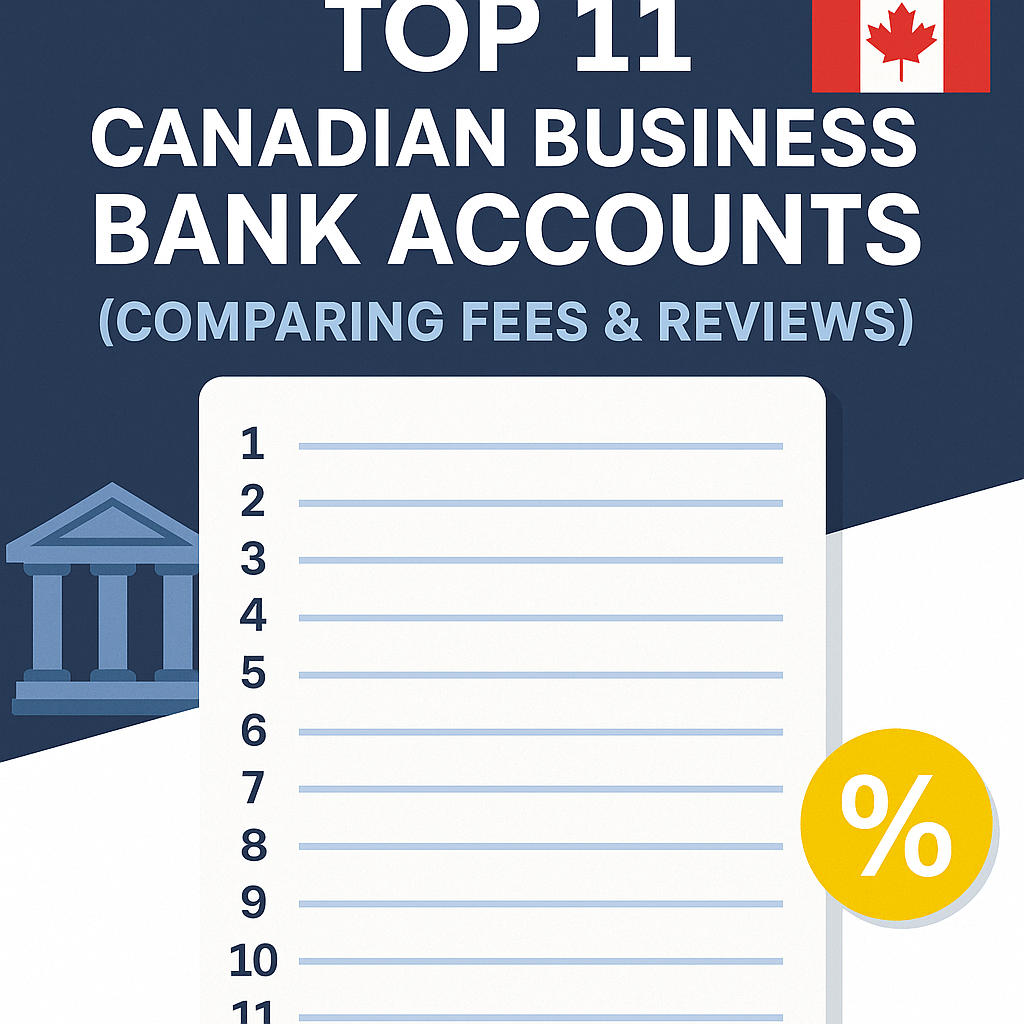GOOGLE ADS MANAGEMENT
ALL SERVICES- GRAPHIC DESIGN & BRANDING
➥ WEBSITE DESIGN TORONTO
➥ TORONTO LOGO DESIGN
➥ BROCHURE GRAPHIC DESIGN
➥ INFOGRAPHIC DESIGN
➥ BUSINESS CARD DESIGN
➥ PACKAGE DESIGN TORONTO
➥ ILLUSTRATION DESIGN
➥ ADVERTISING POSTER DESIGN
➥ BRANDING STRATEGY & SERVICES- ➤ VIEW ALL SERVICES
WEB DEVELOPMENT & SUPPORT
➥ CUSTOM WEB DESIGN TORONTO
➥ ECOMMERCE WEBSITE DESIGN TORONTO
➥ WEBSITE MAINTENANCE SERVICES
➥ SHOPIFY WEBSITE DESIGN
➥ SHOPIFY EXPERTS TORONTO
➥ WORDPRESS DEVELOPMENT
➥ WORDPRESS MAINTENANCE- ➤ VIEW ALL SERVICES
WEBSITE MARKETING & CONTENT
➥ SEO PACKAGES TORONTO
➥ TORONTO SOCIAL MEDIA AGENCY
➥ CONTENT MARKETING TORONTO
➥ PPC MANAGEMENT TORONTO
➥ AFFILIATE MARKETING CANADA
➥ STRATEGIC CONSULTATION- ➤ VIEW ALL SERVICES
ABOUT
RESOURCES- LET’S CHAT
Questions? Call us at
647-348-4995

GOOGLE ADS MANAGEMENT
ALL SERVICES- GRAPHIC DESIGN & BRANDING
➥ WEBSITE DESIGN TORONTO
➥ TORONTO LOGO DESIGN
➥ BROCHURE GRAPHIC DESIGN
➥ INFOGRAPHIC DESIGN
➥ BUSINESS CARD DESIGN
➥ PACKAGE DESIGN TORONTO
➥ ILLUSTRATION DESIGN
➥ ADVERTISING POSTER DESIGN
➥ BRANDING STRATEGY & SERVICES- ➤ VIEW ALL SERVICES
WEB DEVELOPMENT & SUPPORT
➥ CUSTOM WEB DESIGN TORONTO
➥ ECOMMERCE WEBSITE DESIGN TORONTO
➥ WEBSITE MAINTENANCE SERVICES
➥ SHOPIFY WEBSITE DESIGN
➥ SHOPIFY EXPERTS TORONTO
➥ WORDPRESS DEVELOPMENT
➥ WORDPRESS MAINTENANCE- ➤ VIEW ALL SERVICES
WEBSITE MARKETING & CONTENT
➥ SEO PACKAGES TORONTO
➥ TORONTO SOCIAL MEDIA AGENCY
➥ CONTENT MARKETING TORONTO
➥ PPC MANAGEMENT TORONTO
➥ AFFILIATE MARKETING CANADA
➥ STRATEGIC CONSULTATION- ➤ VIEW ALL SERVICES
ABOUT
RESOURCES- LET’S CHAT
Questions? Call us at
647-348-4995

GOOGLE ADS MANAGEMENT
ALL SERVICES- GRAPHIC DESIGN & BRANDING
➥ WEBSITE DESIGN TORONTO
➥ TORONTO LOGO DESIGN
➥ BROCHURE GRAPHIC DESIGN
➥ INFOGRAPHIC DESIGN
➥ BUSINESS CARD DESIGN
➥ PACKAGE DESIGN TORONTO
➥ ILLUSTRATION DESIGN
➥ ADVERTISING POSTER DESIGN
➥ BRANDING STRATEGY & SERVICES- ➤ VIEW ALL SERVICES
WEB DEVELOPMENT & SUPPORT
➥ CUSTOM WEB DESIGN TORONTO
➥ ECOMMERCE WEBSITE DESIGN TORONTO
➥ WEBSITE MAINTENANCE SERVICES
➥ SHOPIFY WEBSITE DESIGN
➥ SHOPIFY EXPERTS TORONTO
➥ WORDPRESS DEVELOPMENT
➥ WORDPRESS MAINTENANCE- ➤ VIEW ALL SERVICES
WEBSITE MARKETING & CONTENT
➥ SEO PACKAGES TORONTO
➥ TORONTO SOCIAL MEDIA AGENCY
➥ CONTENT MARKETING TORONTO
➥ PPC MANAGEMENT TORONTO
➥ AFFILIATE MARKETING CANADA
➥ STRATEGIC CONSULTATION- ➤ VIEW ALL SERVICES
ABOUT
RESOURCES- LET’S CHAT
Questions? Call us at
647-348-4995

GOOGLE ADS MANAGEMENT
ALL SERVICES- GRAPHIC DESIGN & BRANDING
➥ WEBSITE DESIGN TORONTO
➥ TORONTO LOGO DESIGN
➥ BROCHURE GRAPHIC DESIGN
➥ INFOGRAPHIC DESIGN
➥ BUSINESS CARD DESIGN
➥ PACKAGE DESIGN TORONTO
➥ ILLUSTRATION DESIGN
➥ ADVERTISING POSTER DESIGN
➥ BRANDING STRATEGY & SERVICES- ➤ VIEW ALL SERVICES
WEB DEVELOPMENT & SUPPORT
➥ CUSTOM WEB DESIGN TORONTO
➥ ECOMMERCE WEBSITE DESIGN TORONTO
➥ WEBSITE MAINTENANCE SERVICES
➥ SHOPIFY WEBSITE DESIGN
➥ SHOPIFY EXPERTS TORONTO
➥ WORDPRESS DEVELOPMENT
➥ WORDPRESS MAINTENANCE- ➤ VIEW ALL SERVICES
WEBSITE MARKETING & CONTENT
➥ SEO PACKAGES TORONTO
➥ TORONTO SOCIAL MEDIA AGENCY
➥ CONTENT MARKETING TORONTO
➥ PPC MANAGEMENT TORONTO
➥ AFFILIATE MARKETING CANADA
➥ STRATEGIC CONSULTATION- ➤ VIEW ALL SERVICES
ABOUT
RESOURCES- LET’S CHAT
Questions? Call us at
647-348-4995
![]()
![]()
![]()

- February 2, 2020
-
Liam Hunt
You’ve already published content on your blog, but the material is becoming stale and it’s not performing as well as you would like. It’s not generating leads, it’s not driving sales, and organic traffic is in a nosedive. If this sounds like your existing content, you need to make some changes.
Luckily for you, re-optimizing your search engine optimization (SEO) content is simple. In 2024, there are plenty of small tweaks and improvements that you can make to increase the visibility of your content and help boost its rankings on search engine results pages (SERPs). In this article, we’ll show you how.
Reevaluate Your Target Keyword
Often the culprit behind a poorly performing piece of content is that its keyword is too competitive or generates too little search volume. Unless your domain authority is exceptionally high, you should err on the side of caution and only choose keywords that have mid-range keyword difficulty (KD) and middle-of-the-pack total search volume.
The days of finding unicorn keywords with super low KD and high search volume are, unfortunately, behind us. These days, there are plenty of excellent SEO opportunities in the mid-range KD and volume metrics. Most of these balanced search terms come in the form of long-tail keywords.
Long-tail keywords are relatively unpopular yet highly focused search terms that convert exceptionally well. For example, if your existing target keyword is “SUVs Nevada,” it may not be performing well because it’s such a highly competitive search term. However, converting it into a long-tail keyword like “Where to buy an SUV Nevada” can rapidly increase your chances of ranking on the first SERP and drive more sales.
Plus, searchers who use long-tail keywords are more likely to be positioned at the bottom of a sales funnel than at the top. It’s common for casual searchers who aren’t ready to purchase a vehicle to search for “SUVs Nevada,” but only serious buyers tend to directly search for how to buy an SUV in Nevada.
Run A Heading Audit
Once you’ve found a suitable target keyword to rank for, you should run a brief heading audit. Far too often, headings are improperly used in blog-style content. It’s not uncommon to encounter articles with multiple H1 header tags within the HTML source code.
Including more than one H1 tag is unacceptable if you’re serious about SEO performance because Google’s PageRank algorithm strongly favors formatting that enhances readability. If a reader encounters more than one H1 tag, they will likely be confused about the true title and topic of your article, or whether they’re reading multiple articles strung together. To avoid this, neatly organize your article with a single H1 tag followed by a few H2s and many H3s.
Get Location-Specific (If You Can)
Effective content strategies are often built around a brick and mortar vendor in a given geographical area. To increase visibility, you can include local SEO best practices in your articles. When used wisely, on-page and off-page SEO can make your content relevant to searchers near you and thus enhance its standing in Google’s PageRank.
Build Out Your Links
Your content may not be performing well before it’s missing one of the most crucial ingredients of a successful content marketing strategy—link-building. To rank competitively, your content must be linked to by other high-authority domains in your niche. High quality links, however, are hard to come by organically and are often secured via guest posting.
To boost your content’s visibility, consider reaching out to other authoritative domains in your industry and ask to write a complimentary guest post. If you include a do-follow link to your content within the guest post, the domain will transfer some of its “link juice” (PageRank authority status) to your content.
Run A Backlink Audit
Not all backlinks are created equal. Google penalizes some of your backlinks if they come from spammy or “adult” websites that it deems inappropriate or malicious.
SEO agencies charge thousands of dollars to run backlink audits. However, you can find your backlinks via signing into the Google Search Console, selecting the “Search Traffic” option from the dashboard, and choosing “Links to Your Site” from the menu. Here, you can manually view each link and disavow those that are considered unhealthy, dead, or malicious.
Update and Improve Your Content
The most effective method of boosting your content’s visibility is to improve on it. In other words, update the statistics used, lengthen the body of the content, throw in new infographics, and clean up any spelling or grammatical errors. With any high-converting content strategy, your goal should be to produce valuable content that readers consider professional, authoritative, and something that they want to share with their friends and colleagues.
We recommend revisiting your evergreen content every year or, at the most, every other year to refresh the content. You should include new and most timely links and citations in the content, and lengthen the article to include updated information on the subject.
Analyze Keyword Frequency
Your target and secondary keyword usage should appear natural to the reader and shouldn’t be spammy. In other words, don’t “keyword spam” your target search term in the body of your content. There should be a maximum of 10 instances of your target keyword in your body text.
Revisit articles that aren’t performing to your expectations. Use your browser’s search function to find keywords with a frequency of 10 or greater and remove some of their uses so that the text flows naturally. Also, take this opportunity to include the target keyword in the H1 title tag if it isn’t already included already and also include an exact keyword usage in the first 100 words of the content—Google favors articles that abide by both of these rules.
Putting It All Together
Google is constantly revising and updating their PageRank algorithm. This can make it hard to keep your SEO content performing well from year to year. Fortunately, you can follow the simple steps outlined above to revive your poorly performing content and boost your content’s organic SERP visibility.
For longer-lasting results, consider leaving your content strategy to the experts by consulting an SEO agency with the skills and resources to bolster your content’s visibility for you. This way, you can focus on core business operations while your content is optimized by professionals.
Liam Hunt, M.A., is a writer and digital marketing specialist whose writing has appeared in the Vancouver Sun, Asia Times, and US News and World Report.
RECENT POSTS
- PolicyMe – Legit Canadian Insurance Policy? Let’s Review…
- 10 Small Business Loans & Financing Options in Ontario
- Top 8 Small Business Insurance Providers in Canada (2025)
- Top 11 Canadian Business Bank Accounts (Comparing Fees & Reviews)
- SCAM ALERT: How a Fake Google Ads Inquiry Nearly Got Us (And How to Protect Yourself)

Ready to chat about how Little Dragon Media can enhance your business?
Call us now at 647-348-4995 or

OUR AWARDS & CERTIFICATIONS






WHAT OUR CLIENTS ARE SAYING



Little Dragon Media's professionalism and commitment to delivering excellence are truly commendable. I highly recommend their services... Thank you for your stellar work!
- Delna Bharucha

Little Dragon Media worked on developing our logo and website. They did an absolutely AMAZING job on both projects. These guys ROCK and you won't be disappointed.
- Sonia Nutt

My team had a great experience working with Little Dragon Media. We will certainly engage with Little Dragon Media for any additional projects in the future. Highly recommend!
- Carly Rooney



- 682A St-Clair West Toronto, ON M6C 1B1
- (647)-348-4995
- info@littledragon.ca
MOST POPULAR SERVICES
RECENT POSTS
GET MORE CLIENTS
Don't let your competitors take over. We'll help you climb to the top and get more clients.



- 682A St-Clair West Toronto, ON M6C1B1
- (647)-348-4995
- info@littledragon.ca
MOST POPULAR SERVICES
RECENT POSTS
GET MORE CLIENTS
Don't let your competitors take over. We'll help you climb to the top and get more clients.

Contact | Press Mentions | Privacy Policy | Terms of Service
© 2024 Little Dragon Media. All Rights Reserved.






